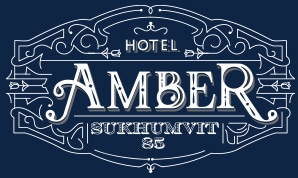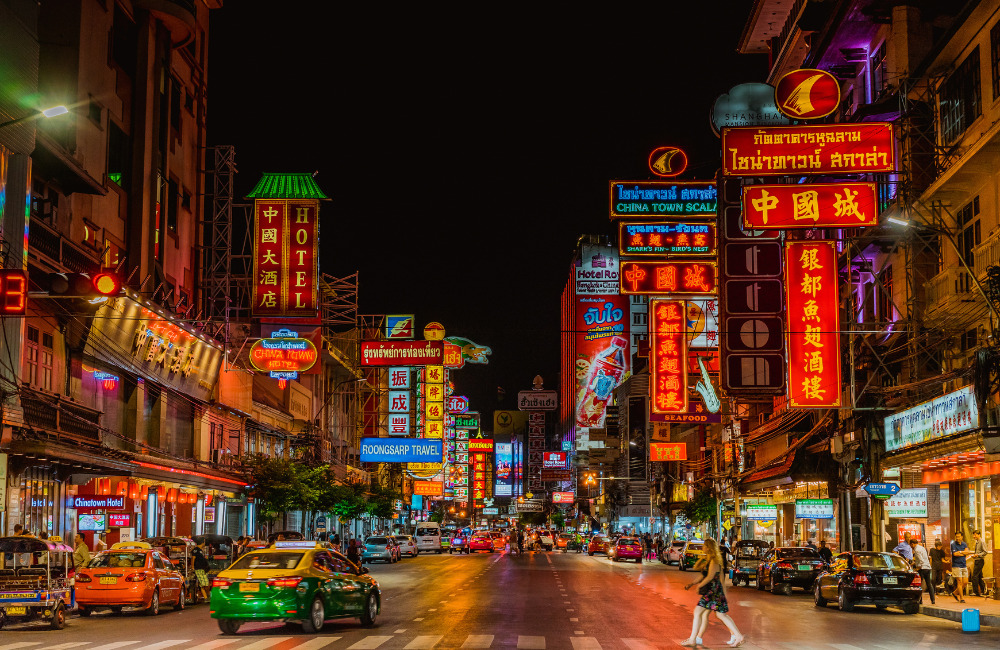
Exploring Bangkok’s Chinatown: A Sensory Adventure
Welcome to Bangkok Chinatown — where history, culture, and cuisine come together in a sensory feast like no other. Also known as Yaowarat, this iconic neighborhood pulses with energy from sunrise to long after the neon lights flicker on. It’s a place where steaming dim sum carts line the streets, golden temples hide behind bustling storefronts, and tradition meets modern curiosity.
For travelers staying at Hotel Amber Sukhumvit 85, exploring Chinatown is both easy and rewarding. Just a short ride via BTS or MRT, it offers a world of authentic street food, centuries-old heritage, and an electric atmosphere that’s unlike anywhere else in Bangkok.

A Brief History and Cultural Significance of Bangkok Chinatown
Bangkok Chinatown dates back to the late 18th century, when King Rama I relocated Chinese settlers to the banks of the Chao Phraya River. Over 200 years later, Yaowarat has evolved into a thriving cultural and commercial hub, preserving Chinese-Thai traditions while adapting to the times.
This district is known for:
-
Gold shops that have been passed down for generations
-
Temples infused with Taoist, Buddhist, and Chinese influences
-
Markets teeming with herbs, incense, and traditional Chinese medicine
-
And of course, some of the best food in the city
Yaowarat remains the spiritual heart of Thailand’s Chinese community, particularly during grand festivals such as Chinese New Year.
Must-Visit Attractions in Bangkok Chinatown
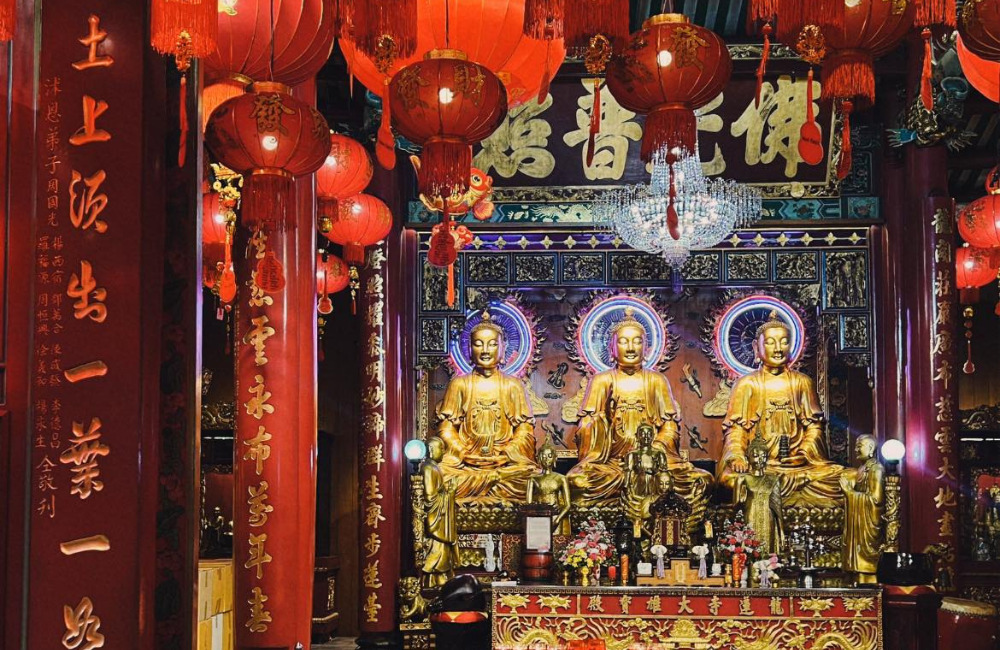
Wat Mangkon Kamalawat (Leng Noei Yi Temple)
Tucked away on Charoen Krung Road, this is the largest and most important Chinese Buddhist temple in Bangkok. It’s adorned with intricate dragon motifs, incense coils, and altars where locals offer prayers for prosperity and protection. Visit during festivals for a truly spiritual experience.
Wat Traimit (Temple of the Golden Buddha)
Home to the world’s largest solid gold Buddha statue, this temple is both a religious and historical marvel. The statue, weighing over 5 tons, was discovered hidden under plaster decades ago — a story of mystery and cultural pride. The temple also features an exhibition about Bangkok Chinatown’s early settlers.
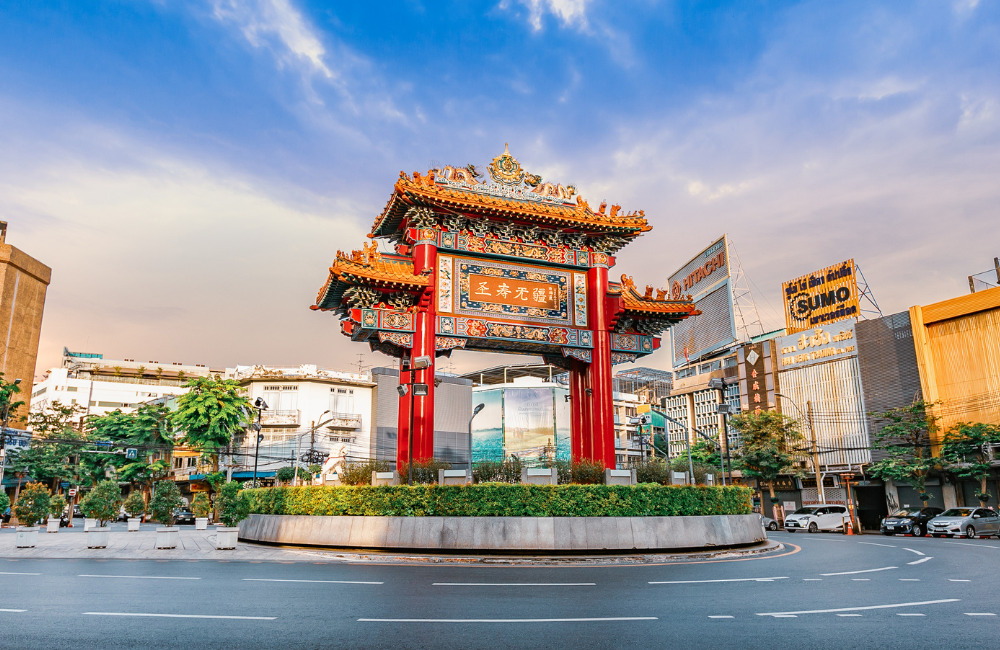
Chinatown Gate at Odeon Circle
The grand red-and-gold gate marks the official entrance to Yaowarat. Built to celebrate King Bhumibol’s 72nd birthday, it’s a symbol of Chinese-Thai unity and a popular photo spot for visitors starting their Chinatown journey.
Sampeng Market & Yaowarat Old Market
Winding alleys filled with everything from fabrics and accessories to dried herbs and quirky souvenirs. These markets are ideal for bargain hunting and people-watching — be prepared for tight spaces and energetic vibes.
The Food Lover’s Paradise: Street Food and Night Markets
As the sun sets, Bangkok Chinatown transforms into a street food haven. Neon signs flicker to life, woks start sizzling, and the aroma of garlic and grilled seafood fills the air.
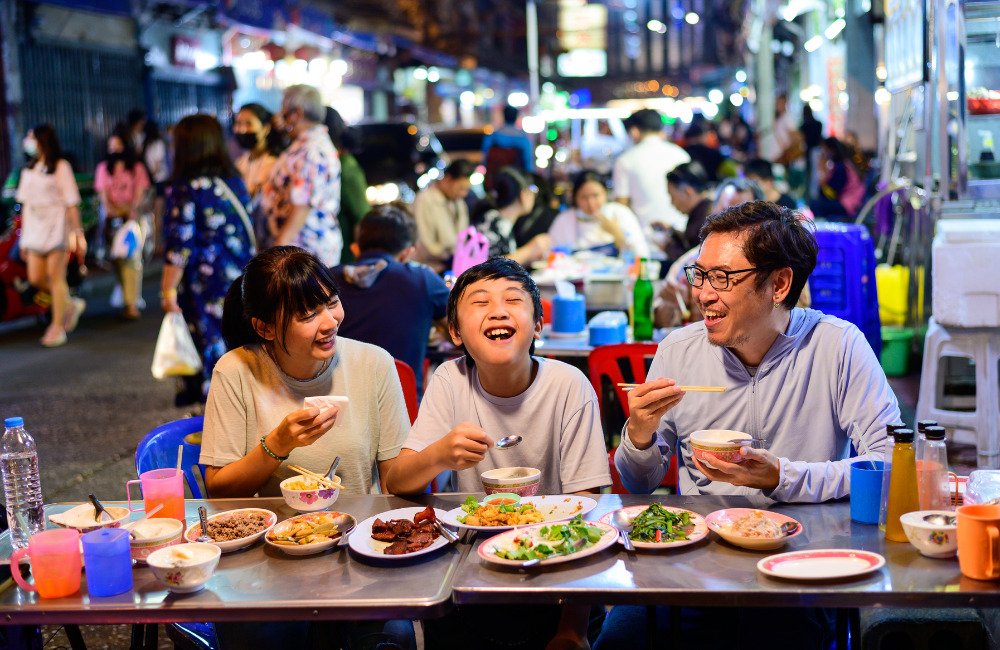
Signature Dishes to Try:
-
Guay Jub – Rolled rice noodles in peppery pork broth
-
Bird’s Nest Soup – A delicacy served at historic shops
-
Grilled Seafood – Fresh prawns, squid, and shellfish cooked street-side
-
Chinese-style Desserts – Try chestnut in syrup, black sesame balls, or shaved ice desserts
-
Dim Sum – Steamed and fried bite-sized delights with soy and chili sauces
Recommended Spots Near Hotel Amber Sukhumvit 85
While Chinatown itself is a short ride away, guests can sample Chinese-Thai dishes and night market bites along Sukhumvit Road and Soi 85 before or after their trip to Chinatown. On Nut and Phra Khanong areas also offer authentic, less touristy versions of the same flavors.
Foodie Tips:
-
Arrive around 6–7 PM to beat the crowds and catch food stalls opening
-
Bring cash and keep small bills handy
-
Follow the locals — long lines usually mean excellent food
-
Stay hydrated and avoid raw seafood if you’re new to street food
Festivals and Cultural Events in Chinatown
Chinese New Year (January–February)
Chinatown becomes a stage for dragon dances, firecrackers, lanterns, and non-stop celebration. Streets are blocked off for parades, food stalls, and cultural performances.
Lantern Festival (September/October)
Held on the 15th day of the 8th lunar month, this celebration features glowing lantern displays and mooncakes sold in nearly every bakery.
Tip: Book accommodations early if you plan to visit during these events, as they tend to get crowded.
Practical Tips for Visiting Chinatown from Hotel Amber Sukhumvit 85
Getting There:
-
By BTS + MRT:
-
Walk to BTS On Nut → Transfer at Asok → Take MRT to Wat Mangkon Station (Exit 1 to Yaowarat Road)
-
-
By taxi or tuk-tuk: Takes 20–30 minutes, depending on traffic
-
Estimated cost: 60–120 THB one way
Best Times to Visit:
-
Morning: For temple visits and light shopping
-
Evening (5 PM onward): For street food and nightlife
-
Weekends: More food options but larger crowds
Etiquette & Safety:
-
Dress modestly if visiting temples
-
Keep belongings secure in busy markets
-
Ask permission before taking close-up photos of vendors
Nearby Attractions and Complementary Experiences
-
Song Wat Road – Explore vintage cafés, local galleries, and colonial-era buildings just west of Chinatown
-
Pak Khlong Talad (Flower Market) – A short ride away, open 24/7, perfect for colorful photography
-
Chao Phraya River Pier – Consider hopping on a river boat for a scenic route back toward Sukhumvit
Conclusion
Bangkok Chinatown is more than a destination — it’s an immersive journey through taste, tradition, and time. Whether you’re lighting incense at a temple or slurping noodles from a crowded sidewalk stall, the experience is unforgettable.
Guests at Hotel Amber Sukhumvit 85 enjoy the perfect balance of comfort and connection, with Chinatown just a short ride away. So, pack your appetite, bring your curiosity, and get ready to explore one of Bangkok’s most iconic neighborhoods.
Plan your Bangkok adventure today! Book your stay at Hotel Amber Sukhumvit 85 and enjoy easy access to the heart of Chinatown.
Frequently Asked Questions (FAQ)
1. Where is Bangkok Chinatown located?
Bangkok Chinatown, also known as Yaowarat, is located along Yaowarat Road in the Samphanthawong District. It’s easily accessible by MRT (Wat Mangkon Station) or taxi from central Bangkok.
2. What are the must-see attractions in Bangkok Chinatown?
Top attractions include Wat Mangkon Kamalawat, Wat Traimit (Golden Buddha Temple), the Chinatown Gate, and Sampeng Market. Don’t miss the vibrant street food scene that comes alive every evening.
3. When is the best time to visit Bangkok Chinatown?
Evenings are ideal for street food and nightlife. Mornings are better for temple visits and shopping. For a festive experience, visit during Chinese New Year or the Lantern Festival.
4. How do I get to Chinatown from Hotel Amber Sukhumvit 85?
Walk to BTS On Nut → change at Asok to MRT → take MRT to Wat Mangkon Station (Exit 1). Alternatively, a taxi or tuk-tuk ride takes around 25–30 minutes, depending on traffic.
5. Is Bangkok Chinatown safe for tourists?
Yes, Chinatown is generally safe. As with all busy areas, stay aware of your belongings, especially in crowded markets. Avoid wandering into unlit alleys late at night.
6. What food should I try in Bangkok Chinatown?
Must-try dishes include guay jub (rolled noodle soup), dim sum, bird’s nest soup, grilled seafood, and Chinese desserts such as sesame balls and shaved ice with various toppings.
